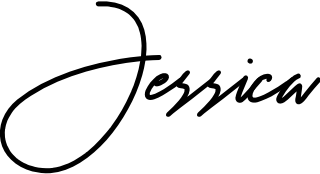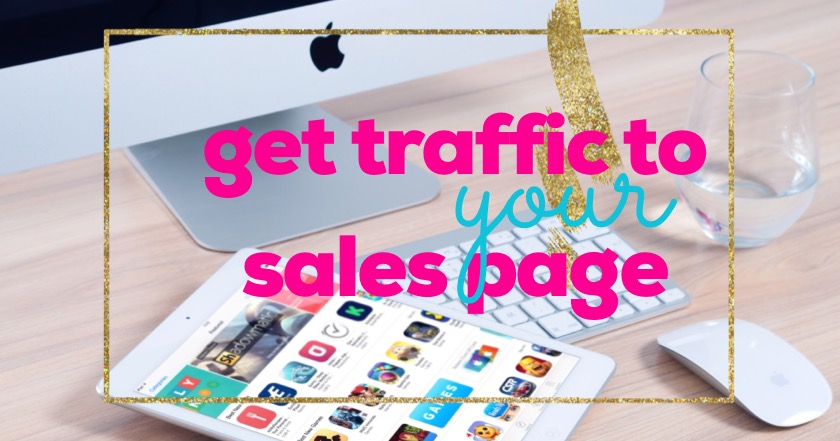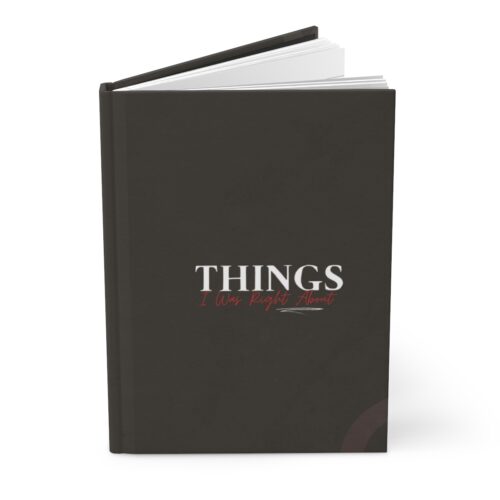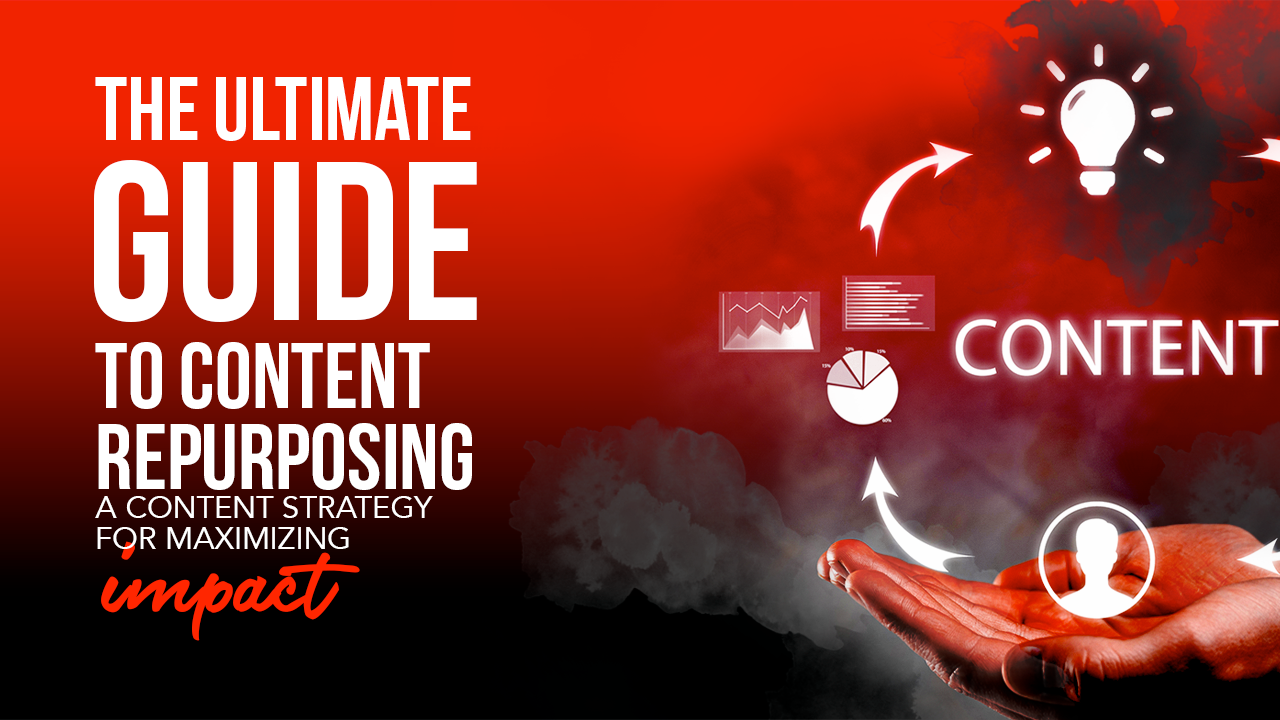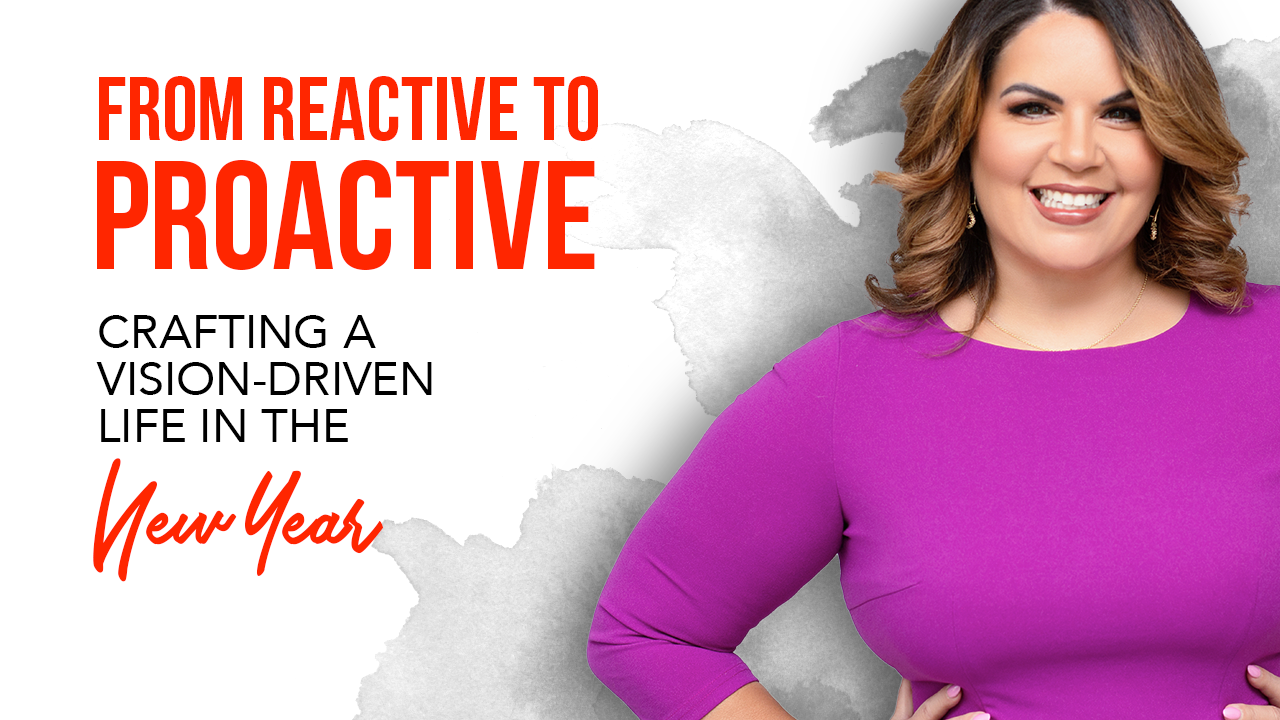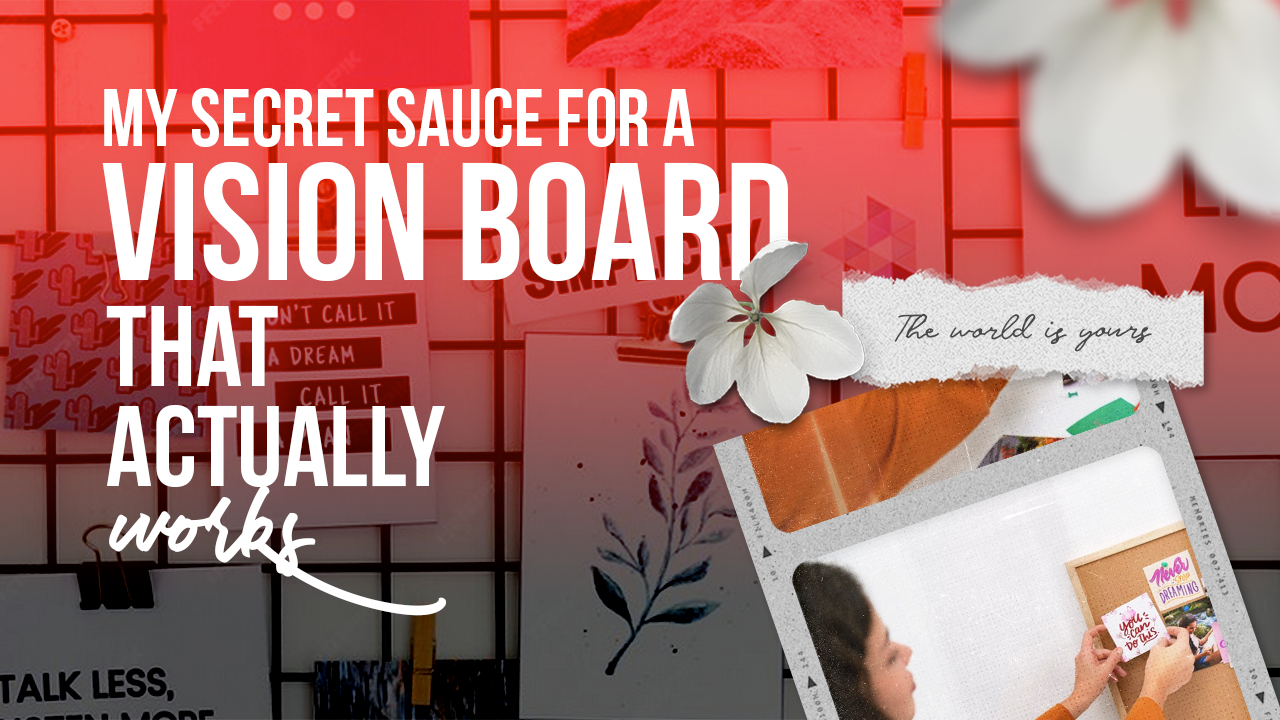I know exactly how you feel when you are proud of your sales page but now you’re wondering how to get traffic. In this article, I’m sharing our best practices to get traffic to your sales page.
Traffic to a website for Internet marketing purposes usually denotes the number of people/users who visit this website. The amount of data sent back and forth between website and visitor also count under the term traffic but for most marketers are of minor importance. Website traffic is very important for an online presence. A beautiful and high converting website without traffic would be like a fantastic billboard somewhere out in the desert where nobody would ever look at it.
The simple equation for an Internet marketer is: No Traffic to the website = No sales and no income. Generating Traffic to his website is, therefore, the basis of his business. Source: The Internet Marketing Dictionary
Now, there are quite a few ways to get traffic to your site, so please read the whole guide and then decide on the one you want to work on first. We always recommend choosing one method to start so you can focus (you can always add a 2nd, 3rd, and 10th traffic strategy as you go).
Let’s go over what kinds of traffic there are.
Free Traffic
Free Traffic is any type of traffic that you can get that doesn’t require a direct cost. It can take longer to build up significant volumes of free traffic, but the benefit is that it can be built using “time and effort” instead of money.
Paid Traffic
Paid Traffic is any type of traffic that you can get that requires spending money for the advertising. Paid traffic is instant, however, the cost associated is also instant, and you’ll pay for the traffic whether the goal (sales, leads, etc.) performs or not.
Free Traffic Options

Email Marketing
This is by far one of our favorite ways to drive traffic to a sales page. Targeted email traffic is the highest value, most likely to convert, and best possible relationship you can have with a potential customer. It gives you the ability to “market in a vacuum” meaning they are reading your message without the distraction of other ads, sites, pictures, and posts, and you have the opportunity to communicate with them over and over again. So if you have an email list, NO MATTER HOW SMALL, this is a great way to drive traffic to your sales page.
Blogging / Content Marketing
Blogging can represent a great strategy to bring traffic to your website. A well-designed blog has a plan to build their brand using content that can help people to get to know their message, their people, testimonials, and can even help the company with their recruiting efforts. The benefit of driving traffic from blogging is that it gives you the opportunity to write a lot about your niche which helps you learn more about it and improve your knowledge in the process. It also traditionally attracts very qualified people.
Since your goal is to get people to see your sales page, you want to make sure that your blog is optimized to get you leads.
- Insert lead capture forms
- Add your irresistible free offer to capture 5x more leads
- Be creative
Social Media – Facebook, Twitter, Instagram, Pinterest, LinkedIn
Social Media is a great way to send traffic to your sales page. It gives you the opportunity to connect with like-minded individuals and easily share your business and sales page. It can be overwhelming with so many platforms out there and available, so we recommend choosing one that is most likely to serve your needs initially and add to it as you grow your business.
The most common starting point is Facebook, given its popularity, and the one we recommend given the availability of Facebook Live and the power it has, but you can start on any platform you like.
Our book, The Six Golden Rules of Social Media gives you a comprehensive strategy to use social media to get leads.
Video Marketing – Facebook Live / YouTube Videos
This type of free traffic is becoming more and more powerful by the day. Facebook continues to invest heavily in their Facebook Live tools, and they’ve made it as simple as one button to go live and broadcast to all of your friends and future fans. If you have a following on Facebook (if not, now’s the time to start building one), leveraging Facebook Live, mentioning your sales page, and directing them to it in the comments is a POWERFUL strategy.
YouTube is also another great area for you to produce content that will live forever on the internet and drive people back to your sales page. Just make sure that you are adding the keywords on all your relevant videos so people can find you. Make it easy for them.
Influencer Marketing
Influencers are people who create high-impact conversations with customers about your brand, products or services. As online customer conversations continue to evolve so drastically, influencers are playing a critical role in breaking online clutter, creating relevant customer dialogue and bringing trust to the table for brands and marketers alike.
In today’s digital economy, we see micro influencers who are emerging leaders in their niche. Identifying those crucial voices are crucial to deploy your sales page.
Your online marketing is only a part of your marketing strategy. We encourage our clients to build relationships in depth by adding value and serving with authenticity. This process might take you longer but is scalable, and easy to duplicate.
Paid Traffic
There are a lot of varieties of paid traffic, so for the purpose of this guide and to not overwhelm you, we’ve tried to simplify and present the sources that are simplest and least expensive to learn and experiment with…don’t worry, there’s plenty more to play with as you learn more about paid traffic.
Pay Per Click Marketing
This category of paid traffic is simple: like its name, you pay for each time someone clicks on the link, image, or call to action. This is the most common type of advertising online and is very popular on Facebook PPC, Google Adwords, etc. The type of PPC we’d recommend starting out with is Facebook PPC (aka Facebook Ads), and this is because it offers the most demographic and psychographic targeting options, least expensive clicks, and is generally the least complex to learn.
Display Marketing
This category of paid traffic has many varieties within it, and they all fall under the category of display marketing. These are ads that come in many different shapes and sizes – banner ads are an example of this and often they are sold on a CPM (cost per 1000 impressions aka views) basis rather than on a pay per click basis. Similar to a billboard online, the cost is based on how many times the ad is shown to potential traffic. This type of traffic can be helpful in scaling traffic to your sales page after you’ve gotten the basics of PPC down and you want to reach a bigger audience. This type of marketing can be purchased via Facebook, Google, and numerous advertising networks. This also includes a sub-category called “native” advertising, which is a blend of display and content marketing as the ads are normally shown as additional content for you after reading a related article. Native advertising is growing in popularity, and is another great opportunity for you to explore AFTER getting a good understanding of PPC.
Some Thoughts on Next Steps
Getting traffic to your sales page is exciting, and an opportunity to truly launch your business to the world. Many knowledge-preneurs make the mistake of thinking that the sales page being “live” is the end, but in fact, it’s just the beginning. It starts the process of finding the traffic that will buy, versus the traffic that will just shop, as well as beginning to split-test and improve your sales message to keep getting better and better.
So whether you launch your sales page to instant success, or you launch it and it doesn’t perform as well as you’d hope, know that you’re on the right path, and EVERY successful online knowledge-preneur went through the same learning process to grow their business to six, seven, even eight figures and beyond!
Don’t worry, you’ve got this!
